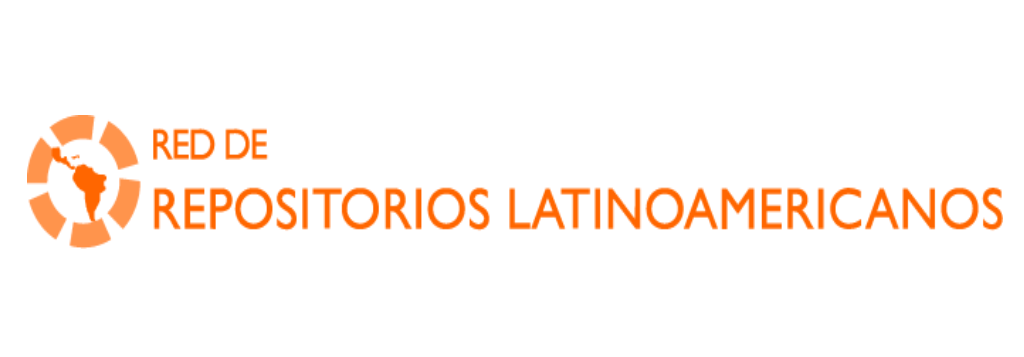Búsqueda de una justicia propia como la herramienta en contra de la colonización del cabildo MHUYSQA de Bosa.
Trabajo de grado - Pregrado
2023
Universidad Colegio Mayor de Cundinamarca
Los indígenas en Colombia han pasado por una serie de conflictos, sociales, económicos y políticos. Desde 1991 la constitución política, dio cabida en su legislación, al reconocimiento de nacionalidad colombiana, territorio y la autonomía en el mismo por parte de los indígenas. ¿Pero qué pasa cuando hay una Cabildo que no tiene territorio? ¿Dejan de ser indígenas para la legislación colombiana? En Colombia, el ser indígena se ha vuelto una cifra más, donde señala, que existen 87 pueblos indígenas en Colombia que están reconocidos por el gobierno colombiano, ¿Pero es una cifra real? La ACNUR afirma que puede haber hasta 102 comunidades indígenas en Colombia, donde 18 están en peligro de desaparición como comunidad u pueblo ¿Cómo se puede extinguir un pueblo indígena? Cuando pierdes la lengua, los usos y costumbre o cuando no tienes territorio ancestral. La extinción para los indígenas se determina de dos formas: a) Lo que la corte Constitucional colombiana determina, que es, a causa de del conflicto armado y el desplazamiento b) y la que sufren los pueblos que se establecen cerca de la ciudad, y esta es, la deculturación, a causa del colonialismo y colonización. El Cabildo indígena Muisca de Bosa se encuentra en la segunda, este es un pueblo que está ubicado en Bogotá, la capital de Colombia, donde la civilización y la forma de vida, va contraria a un pueblo indígena ¿y que está haciendo el gobierno colombiano para enfrentar esta extinción? Es ahí donde erradica el problema, de la búsqueda de la preservación de este pueblo indígena, ubicado en bosa, donde las poblaciones viven en condiciones deterioro cultural, a causa del colonialismo que trajo con ella un conjunto de problemas sociales como la pobreza y desigualdad, que se manifiesta en la manera cómo viven los integrantes del Cabildo en Bosa san Bernardino. Por ello, en esa búsqueda la Cabildo Muisca de Bosa, estableció la Justicia Propia como herramienta eficaz para volver al origen y así llegar a la descolonización. The indigenous people in Colombia have gone through a series of conflicts, social, economic and political. Since 1991, the political constitution has made room in its legislation for the recognition of Colombian nationality, territory and autonomy therein by indigenous people. But what happens when there is a Council that does not have territory? Do they stop being indigenous under Colombian legislation? In Colombia, being indigenous has become just another number, where it points out that there are 87 indigenous peoples in Colombia that are recognized by the Colombian government. But is it a real number? The UNHCR states that there may be up to 102 indigenous communities in Colombia, where 18 are in danger of disappearing as a community or people. How can an indigenous people become extinct? When you lose your language, customs and customs or when you do not have ancestral territory. Extinction for indigenous people is determined in two ways: a) What the Colombian Constitutional Court determines, which is, due to the armed conflict and displacement b) and what the towns that settle near the city suffer, and This is, deculturation, due to colonialism and colonization.
The Muisca de Bosa indigenous council is located in the second, this is a town that is located in Bogotá, the capital of Colombia, where civilization and the way of life is contrary to an indigenous town, and what is the Colombian government doing? to face this extinction? It is there where the problem is eradicated, the search for the preservation of this indigenous people, located in Bosa, where the populations live in conditions of cultural deterioration, due to colonialism that brought with it a set of social problems such as poverty and inequality, which is manifested in the way the members of the Cabildo in Bosa San Bernardino live. Therefore, in that search, the Muisca Council of Bosa established Self-Justice as an effective tool to return to the origin and thus achieve decolonization.
- ADA. Derecho [305]
Descripción:
TRABAJO - BÚSQUEDA DE UNA JUSTICIA PROPIA COMO LA HERRAMIENTA EN CONTRA DE LA COLONIZACIÓN EN EL CABILDO MHUYSQA DE BOS.pdf
Título: TRABAJO - BÚSQUEDA DE UNA JUSTICIA PROPIA COMO LA HERRAMIENTA EN CONTRA DE LA COLONIZACIÓN EN EL CABILDO MHUYSQA DE BOS.pdf
Tamaño: 1.344Mb
 PDF
PDF
 LEER EN FLIP
LEER EN FLIP
Descripción: CARTA DERECHOS DE AUTOR (1).pdf
Título: CARTA DERECHOS DE AUTOR (1).pdf
Tamaño: 145.4Kb
 PDF
PDF
Descripción: FORMATO IDENTIFICACIÓN TRABAJOS DE GRADO (1).pdf
Título: FORMATO IDENTIFICACIÓN TRABAJOS DE GRADO (1).pdf
Tamaño: 144.5Kb
 PDF
PDF
Título: TRABAJO - BÚSQUEDA DE UNA JUSTICIA PROPIA COMO LA HERRAMIENTA EN CONTRA DE LA COLONIZACIÓN EN EL CABILDO MHUYSQA DE BOS.pdf
Tamaño: 1.344Mb
 PDF
PDF
 LEER EN FLIP
LEER EN FLIP
Descripción: CARTA DERECHOS DE AUTOR (1).pdf
Título: CARTA DERECHOS DE AUTOR (1).pdf
Tamaño: 145.4Kb
 PDF
PDF
Descripción: FORMATO IDENTIFICACIÓN TRABAJOS DE GRADO (1).pdf
Título: FORMATO IDENTIFICACIÓN TRABAJOS DE GRADO (1).pdf
Tamaño: 144.5Kb
 PDF
PDF























